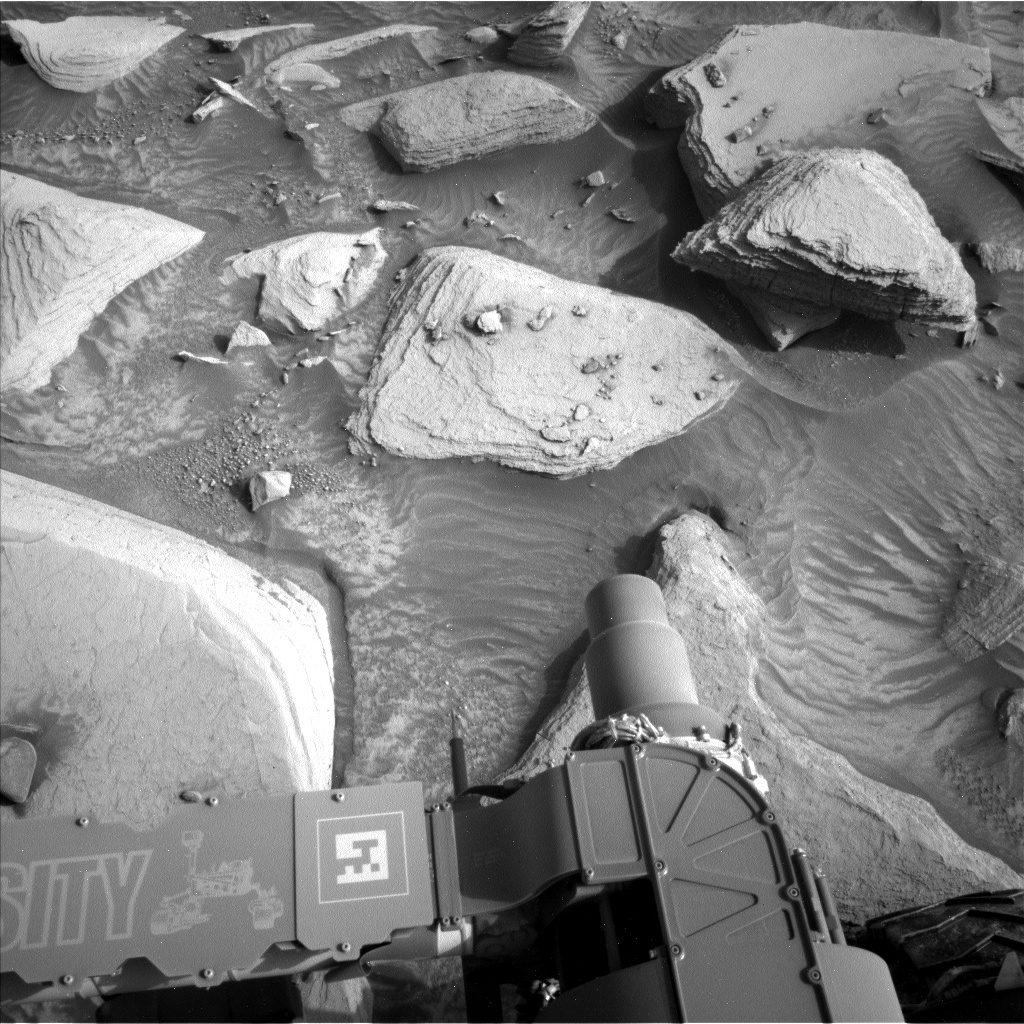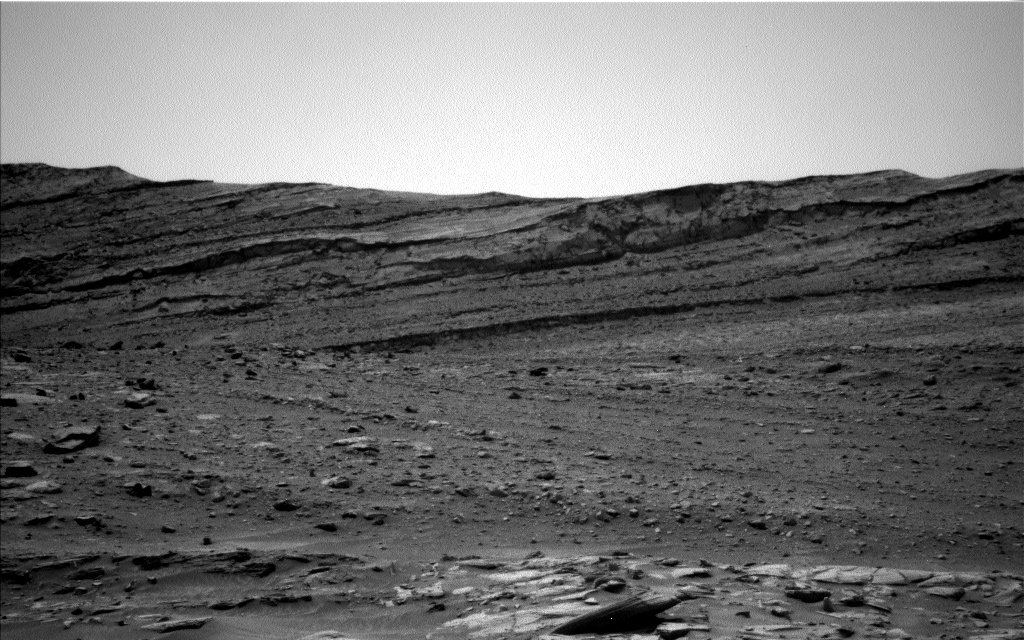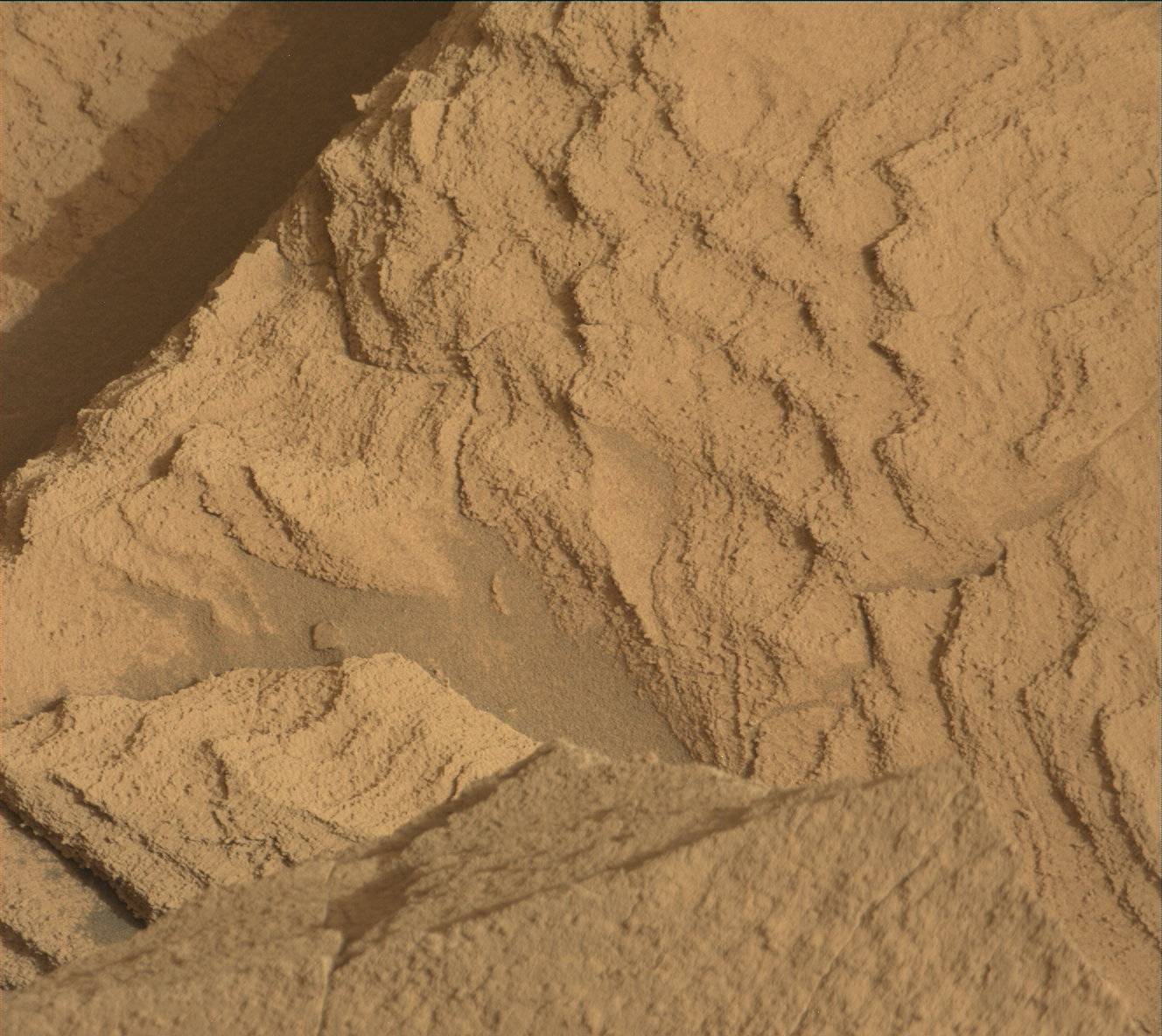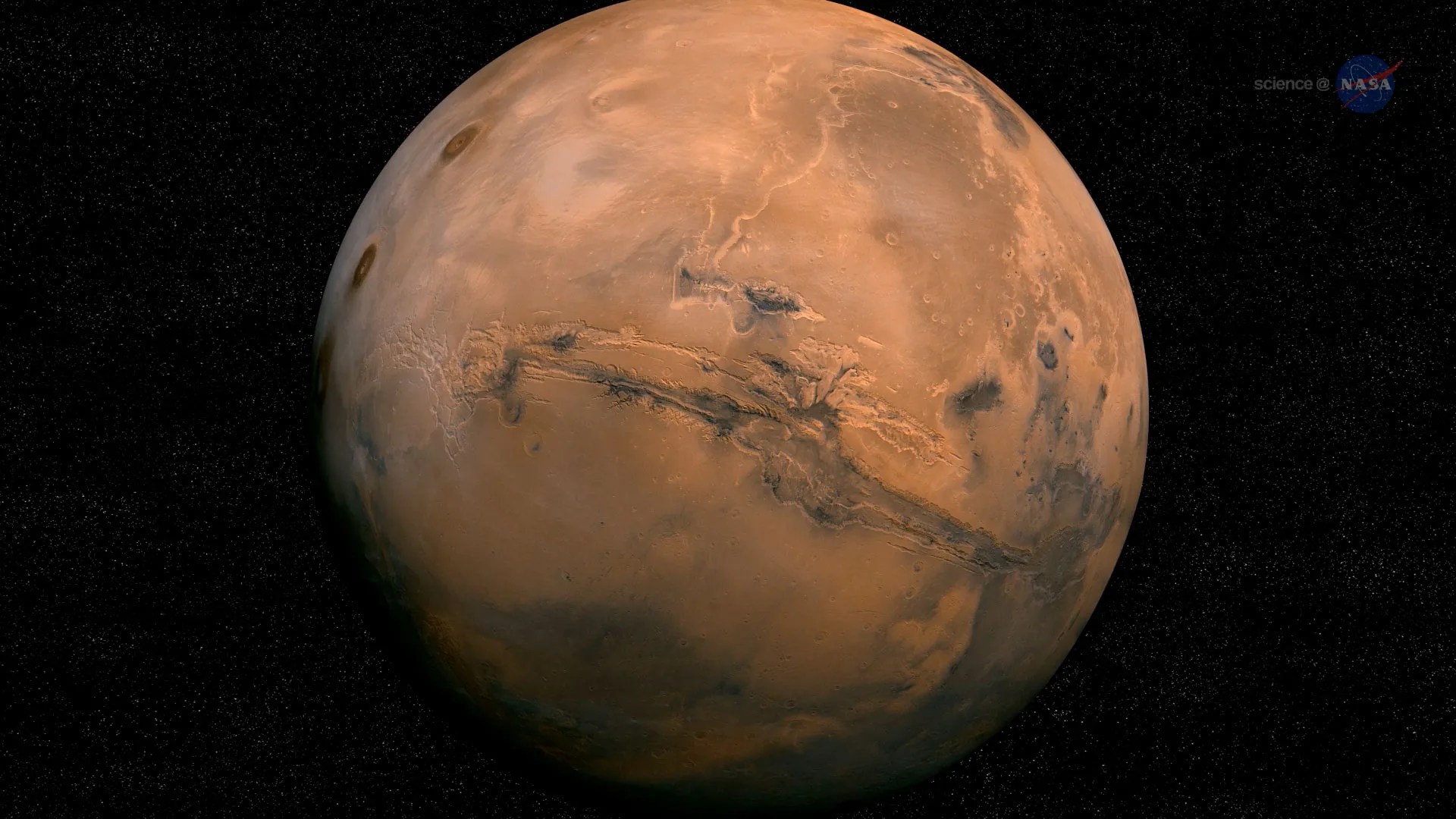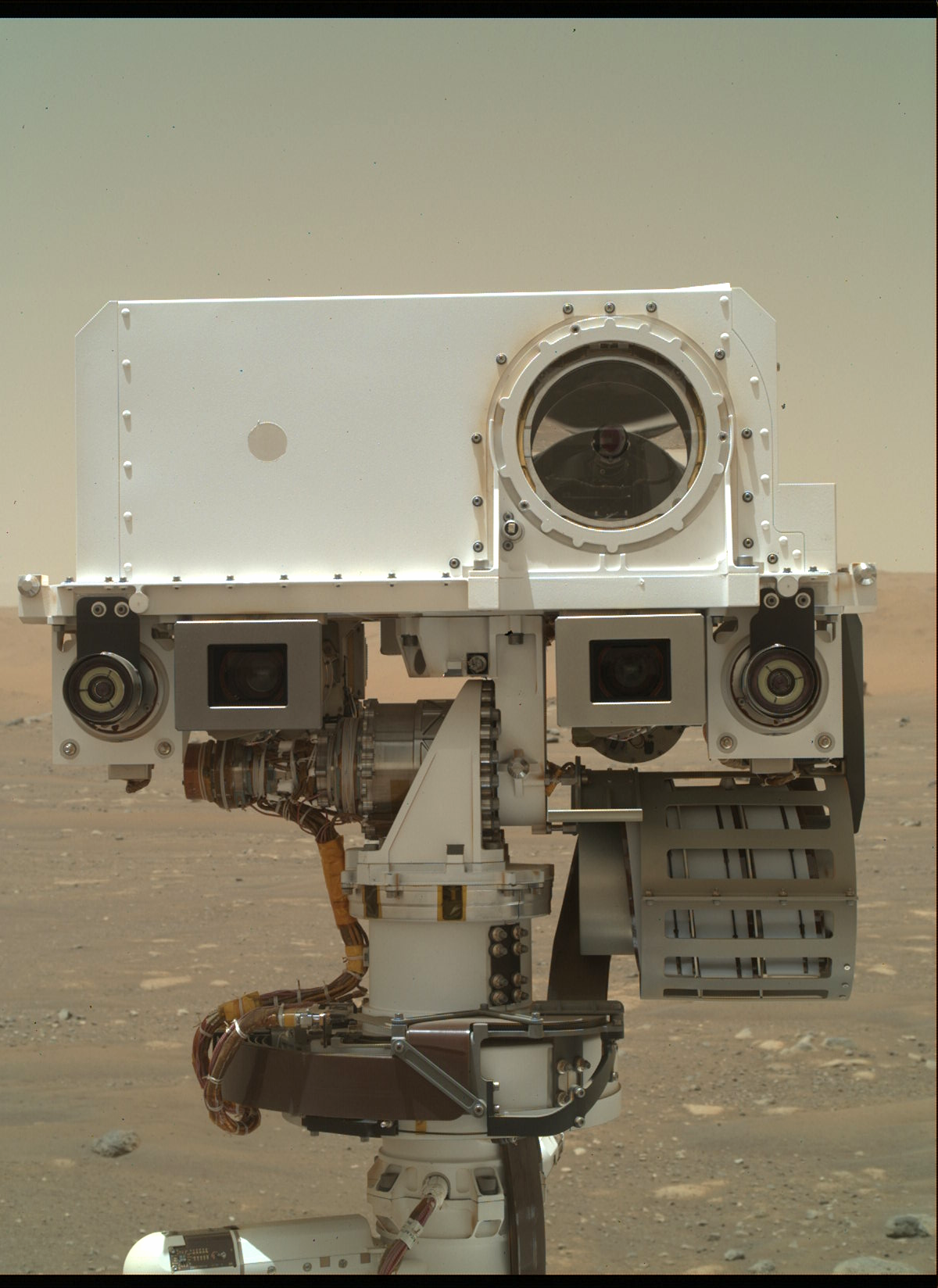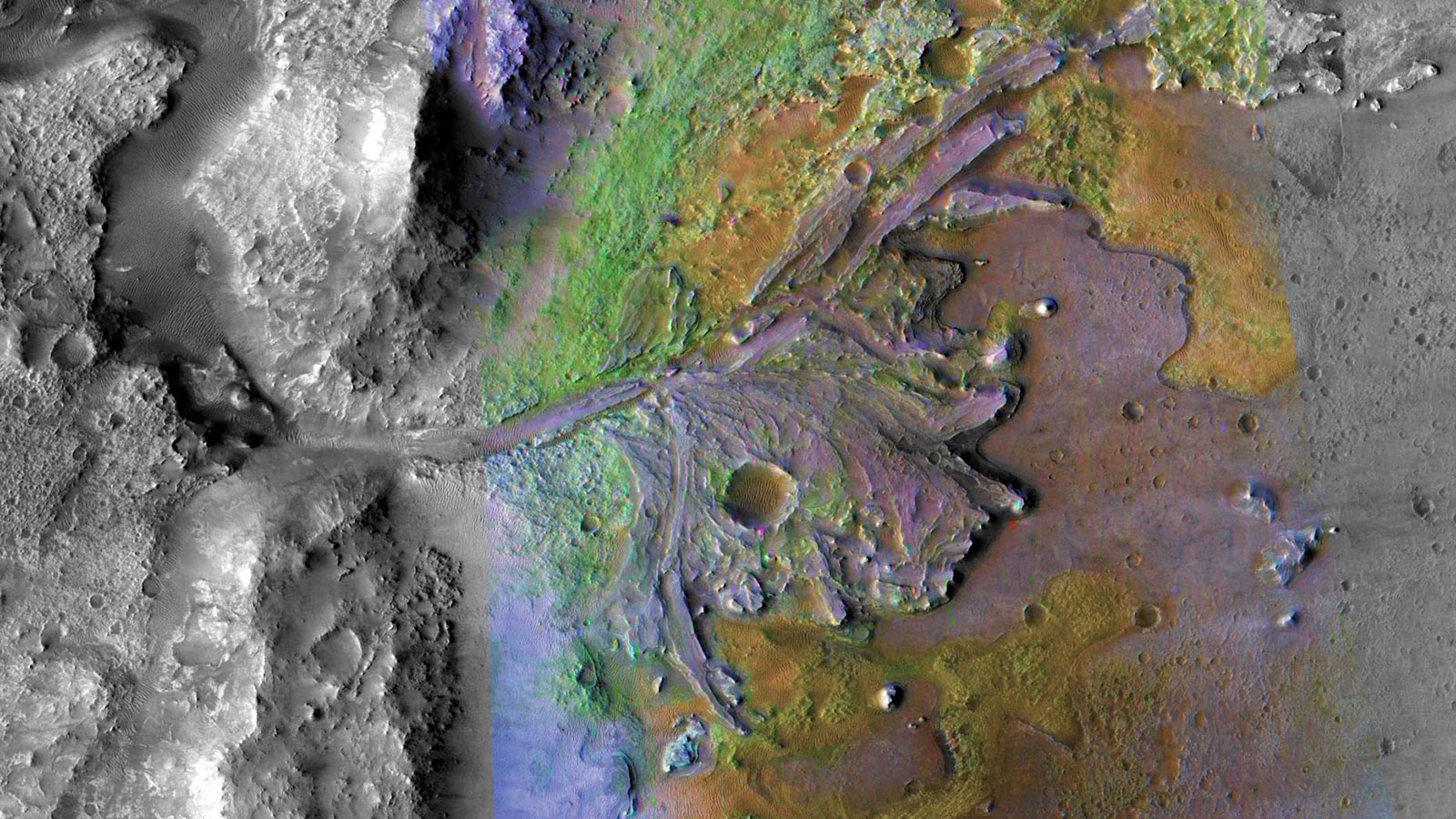2 min read
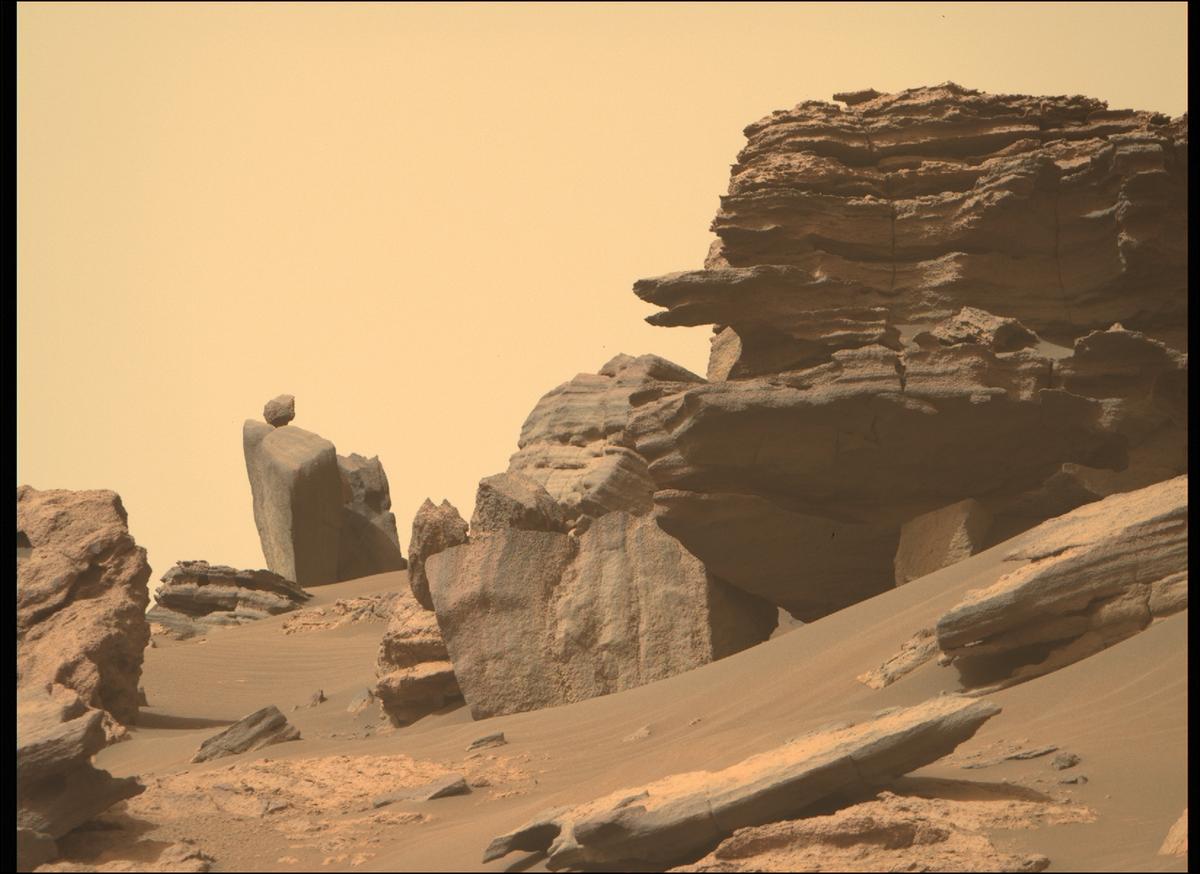
Have you ever seen faces on Mars? What about weirdly shaped rocks resembling animals and bones? Rocks with spooky holes and crevices?
Over the course of Perseverance’s time on Mars, multiple images captured by the Mastcam-Z instrument aboard the Rover have garnered special attention from the wider public. A recent example of this involved a Mastcam-Z image acquired on June 12, 2022 (Sol 466) featuring a protrusion from the layered rock outcrop which the Internet nicknamed the “snake head.”
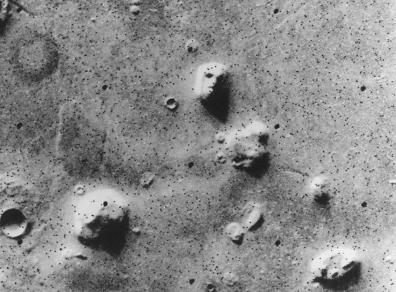
These rocks inspire our imaginations, but there are reasonable geologic interpretations for these interesting and unusual shapes. Many of the rocks we observe on the surface of Mars were sculpted by aeolian (wind) erosion, rendering their unique shapes. Rocks that are deformed and shaped by wind are called “ventifacts.” The abrasion process can form flutes, pits, and grooves in rocks, leading us to see peculiar illusions in their shapes and shadows.
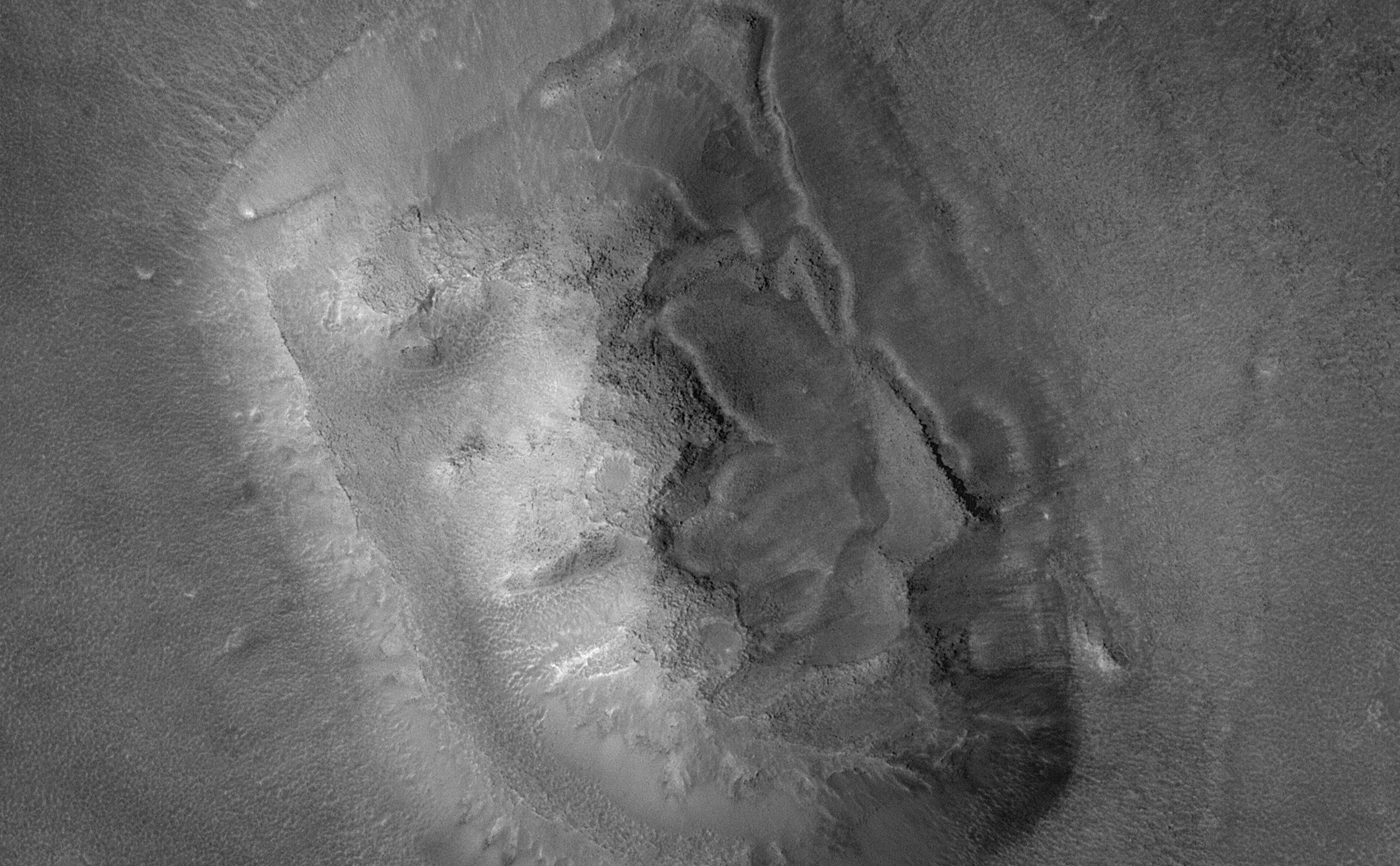
So why do we see faces and other familiar shapes in rocks? The phenomenon of seeing familiar patterns or objects where none exists is called “pareidolia.” This is best exemplified by a popular image photographed from the Viking 1 Orbiter spacecraft of the Cydonia Mensae mesa known as the “Face on Mars.” Shadows in the rock formation give the illusion of eyes, nose, and mouth, resembling a human face near the center of the image. However, the face was really an eroded mesa covered in dust and ice. When compared with the more recent Mars Global Surveyor 2001 image, the landform only appears to resemble a “face” in low-resolution images with very specific lighting. Carl Sagan explained in his 1995 book “The Demon-Haunted World – Science as a Candle in the Dark” that the ability to identify patterns was a vital evolutionary survival skill to pick out hidden dangers in the surrounding environment. This could explain why many people tend to misinterpret the rocks on Mars for other objects under certain illuminations.
There are no eerie creatures on Mars, but a devilish dust storm is currently brewing in the southern hemisphere. The team is monitoring conditions and planning ahead to avoid any possible disruptions to the rover’s mission goals in the coming weeks. From the Mars 2020 Team and Perseverance, we would like to wish you all a happy Halloween!
Written by Bavani Kathir, Student Collaborator on Mastcam-Z at Western Washington University

